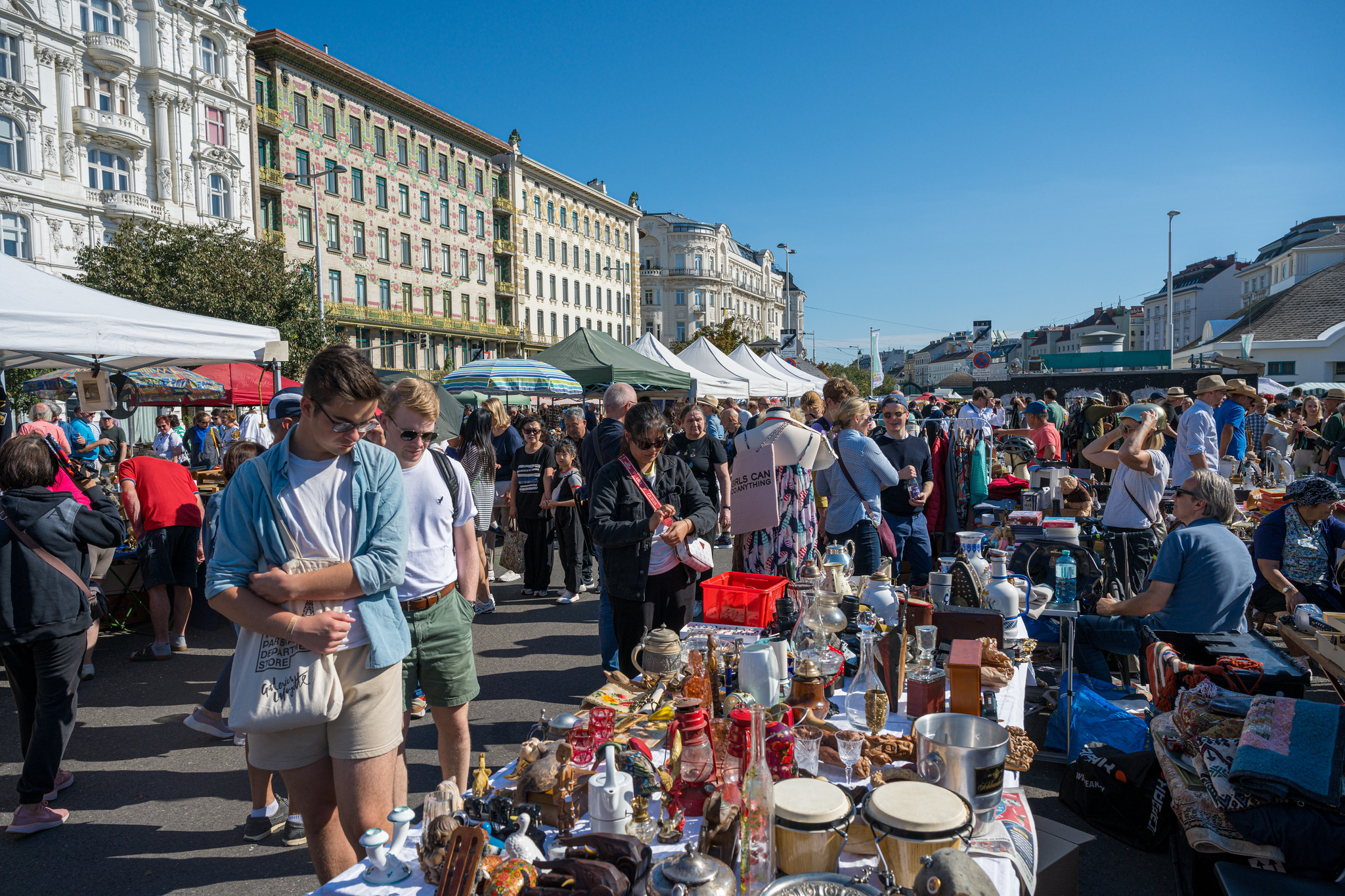
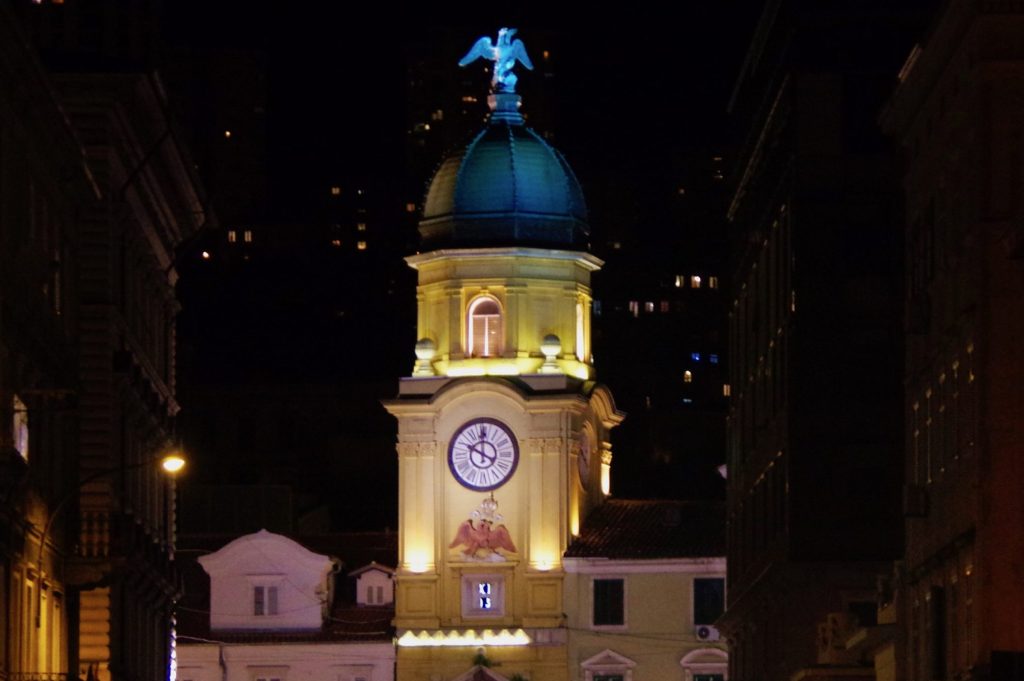
Walking through the streets of Rijeka, one can easily notice the many architectural accomplishments that have transformed this coastal city into a Central European one during the 19th century. For example, with the construction of the Modello Palace and the theatre, both opened in 1885, the architecture studio Fellner & Helmer gave Rijeka the whiff of Vienna, while the Governor’s Palace (1896), designed by the Hungarian
architect Alajos Hauszmann, projected Budapest’s power onto the city of Rijeka from the top of a hill. These famous buildings tell a story of political and cultural influence, of a time when Rijeka was the main Hungarian port and one of the most important ones in the Austro-Hungarian Empire. But as it usually happens, there some other elements that recount the relationship between the city and the Empire – and more precisely between the city and Budapest – and that are hidden in plain sight. One is a story about a cake, the other one concerns a lighthouse.
Let’s find out more!
The first connection between Rijeka and Budapest can be found in the love story of the Hungarian Roma violinist János Rigó (Rigó Jancsi) and Clara Ward, Princess of Caraman-Chimay. Surprisingly, the story is more
famous in Hungary than it is in Rijeka, even though this is one of the places where their romance bloomed. Jancsi and Ward’s relationship began in Paris in November 1896. Back then, Clara Ward was married and her husband did not approve the affair, so the new couple had to flee to Rijeka in December of the same year. It is not known how long they stayed in the Adriatic port, but after that, they visited Egypt and later returned to Paris.
The love cake
Rigó Jancsi and Clara Ward’s love story became extremely popular in the following months and was very well covered by the media of the time, which resulted in the creation of a cake bearing the name
Rigojanči/Rigójancsi. There are many stories about how the cake came into being, but they are all basically the same. Jancsi purchased or made a cake for his beloved which was as brown as his skin, and as sweet as her heart. Due to the secret beginning of their affair, which later turned into a marriage, it cannot be claimed exactly where the cake was made for the first time, but it must have been either in Paris, Budapest, or Rijeka.
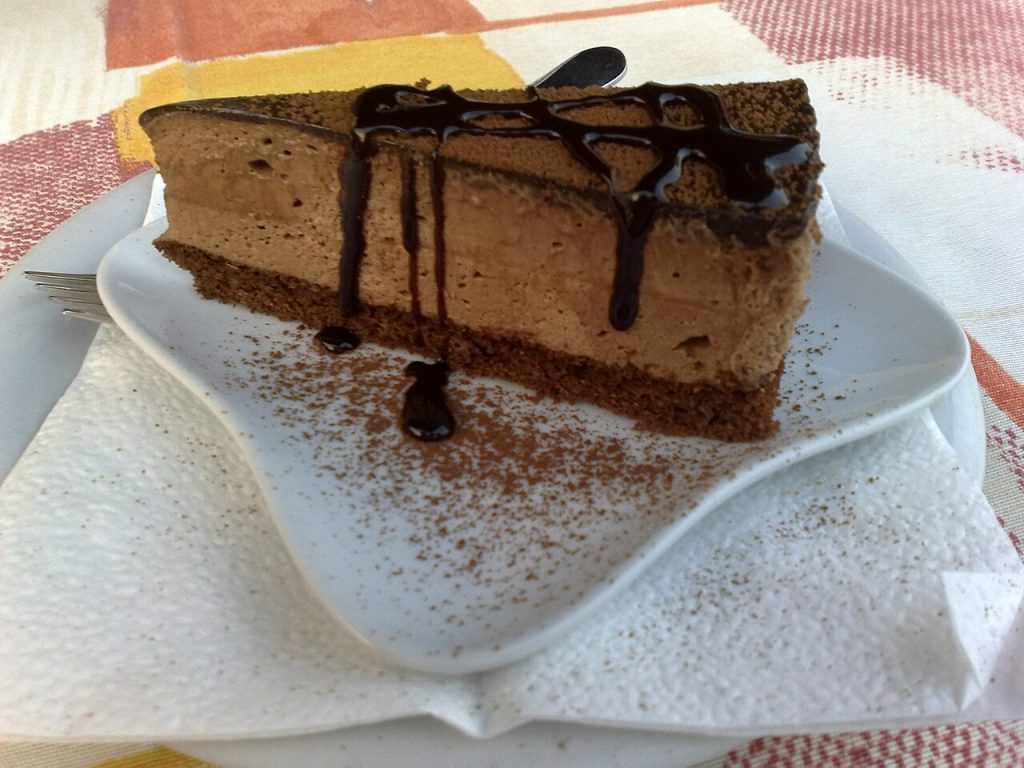
For this reason, there are today several varieties of the cake, one of which can be found in Rijeka and consists of an upper and lower layer of chocolate biscuit between which the is whipped sweet cream mixed with grated chocolate. The cake is then covered with a chocolate topping.
Rijeka’s lighthouse in Budapest
After the culinary/love story, let’s leave the city center for the second anecdote. We head west, where we will be greeted by a 139-year-old lighthouse with an interesting past in the so-called neighborhood of Mlaka. The lighthouse was originally located on Rijeka’s main breakwater (molo longo), but since 1894 it has been moved to the place where you can find it today. The shape of the infrastructure has also changed: in 1933 the building grew by 7 meters due to the extension of the foundation. But what is the connection between the lighthouse and
Budapest?
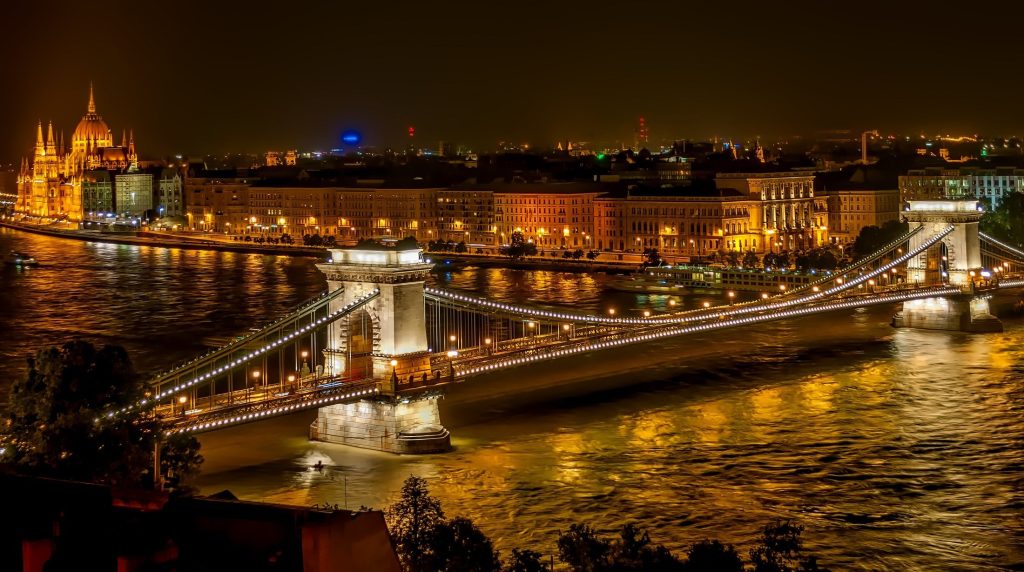
There are actually more than one. In 1884, the honor of the official commissioning of the lighthouse went to August Zichy (August Ziči), the governor of Rijeka at the time. It was Zichy’s second mandate in Rijeka,
and during the first one, some twenty years earlier, he was also nominated Minister of Trade. This shows how important was the city Rijeka in the Austro-Hungarian Empire and how important was also the
role of the city’s governor.
But the lighthouse hides also another story that shows the connection between Rijeka and Budapest. Next to the Petőfi Bridge that stretches over the Danube River in Budapest, there was once a monument to the Austro-Hungarian sailors who died in the First World War. This monument, built in 1937 and demolished during the Second World War (together with the bridge that was later reconstructed), consisted of a stone basis in the shape of the prow of the Austro-Hungarian warship “Novara” and a copy of Rijeka’s lighthouse.
Once again, the presence of Rijeka’s lighthouse in the heart of Budapest (and even after the end of the Austro-Hungarian Empire), speaks clearly about how dear was the city of Rijeka to Budapest and
Hungary, even decades after the loss of the so-called Corpus separatum.
In their unique way, these small pictures bear witness to the story of Hungarian Fiume/Rijeka, the sea that was longed for, and this industrial hub, which, because of its cultural and political life, was nicknamed the “suburb of Budapest”.
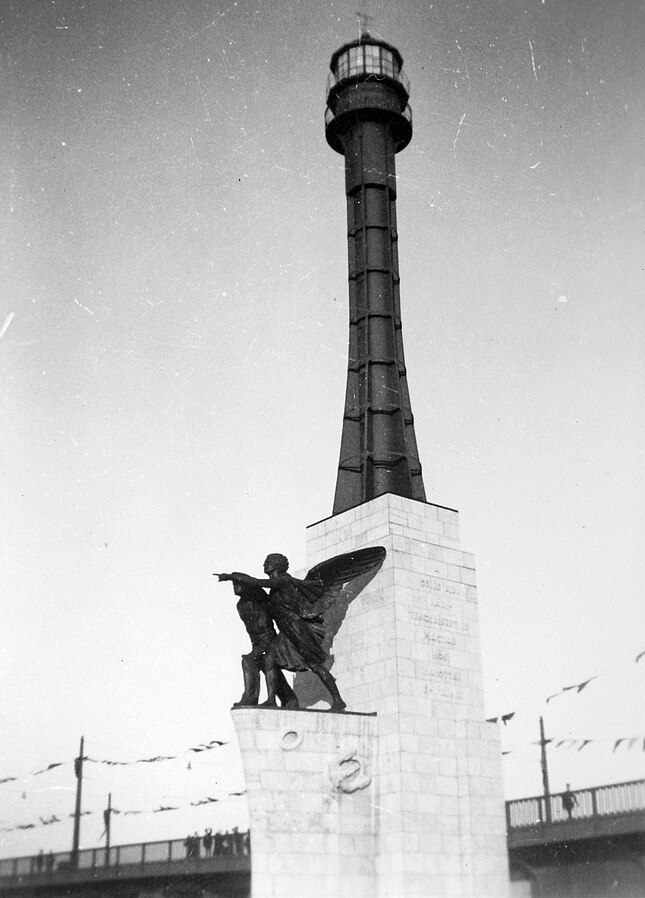

Born in Rijeka, currently a Master's student at the Department of History, Faculty of Humanities and Social Sciences, University of Zagreb.

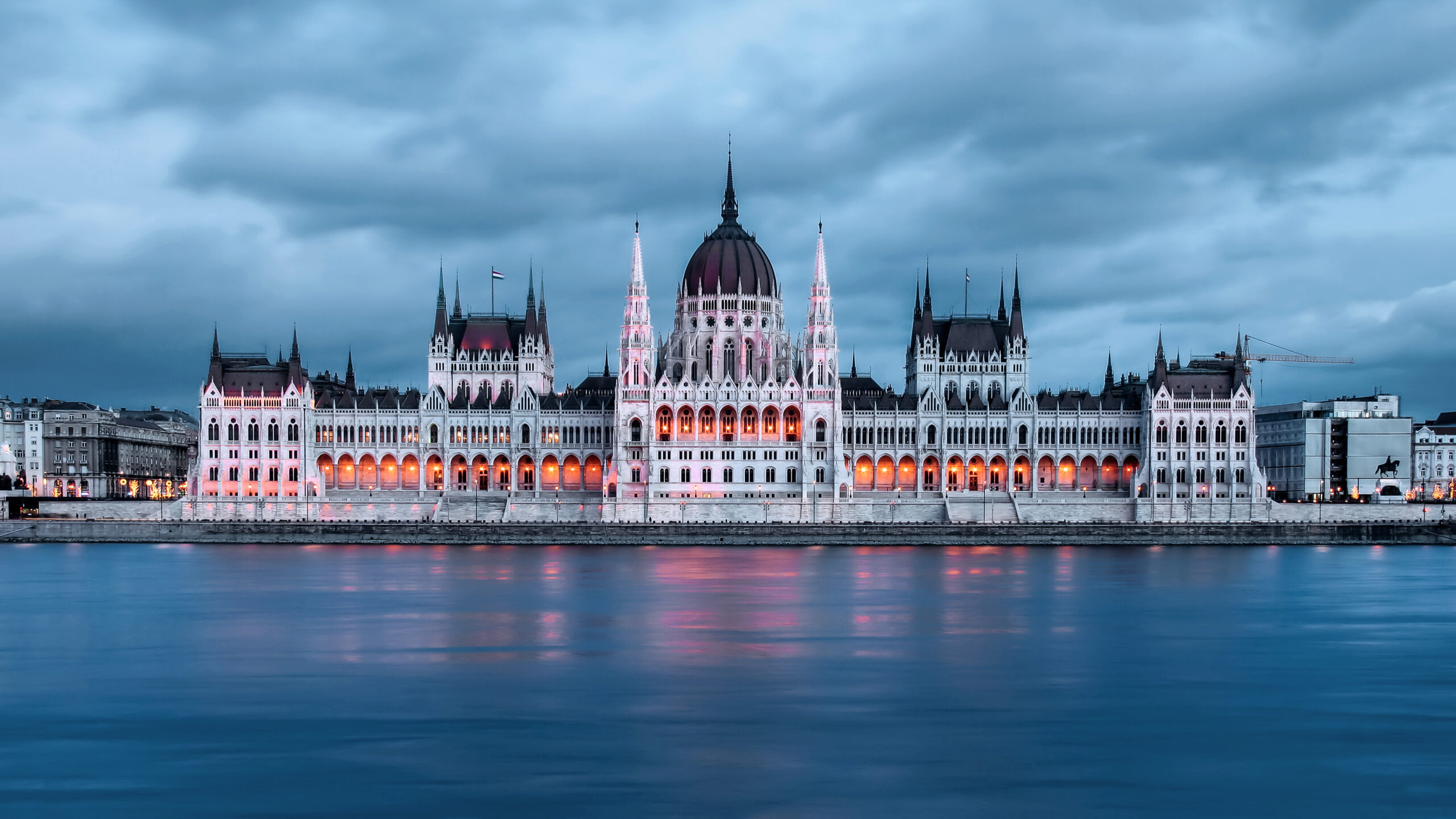

Start your journey in the Extinguished Countries!
Get a free chapter from our first guidebook “Republic of Venice” and join our community!